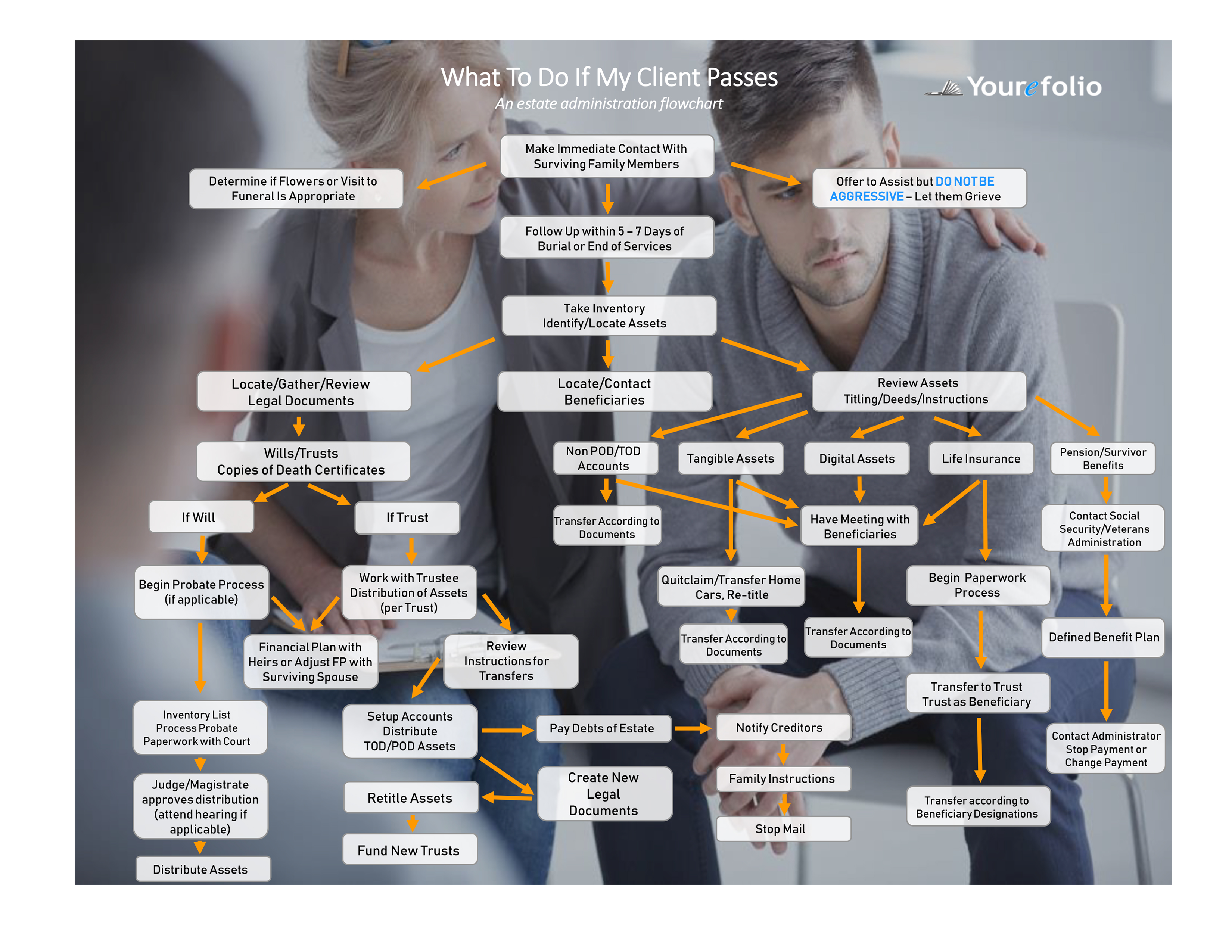The old adage, “a picture is worth a thousand words” is a powerful message when it comes to estate planning. You do not need to look far to support the theory that images are processed faster and more effectively than text and numbers. A study by Thermoplyae showed that 90% of data transmitted to the brain is visual. The study also found that the human brain processes images 60,000 times faster than text. But how exactly are Estate Planning Visuals more effective than the tried-and-true documents in binders? Here are a few reasons why:
First, people remember 80% of what they see and do versus 20% of what they read1. Legal documents are just that, text and numbers. So why do most adults look at these documents and have a hard time understanding what is in them? It is because 1% of information actually gets through to the brain - and of that, 1% is visual2. Another (obvious) reason is that most clients are not in the legal profession, so the jargon is difficult for them to interpret.
Visual cues trigger emotions2, and estate planning is an emotional subject. Imagine showing someone a picture of a loved one who is deceased and asking them what they think when they look at the photo – they are thinking of the fond memories associated with that person. Incorporating these meaningful visuals into your client’s estate plan will aid in their processing of data and understanding of their plan, establishing a deeper emotional investment.
Traditionally, estate planning has been about collecting and interpreting legal language. Researchers have learned that individuals only process about 28% of the text that is presented to them3. Since an estate plan is quite text heavy - and, let’s be honest, not the most exciting - these documents are rarely read all the way through. Most people trust that their attorneys did their work and got it right4. This study shows that the more effective way to get through to people is by incorporating visuals, thus increasing business credibility.
A Stanford Persuasive Technology Lab conducted a study on the credibility of websites. Half of the participants in this study said that the site's design appearance was the number one criteria for discerning the credibility of the material presented on the site3. People find graphics of information being presented to be more credible because it allows them to process complex topics by breaking them down to a level of understanding in the visuals.
Technology, and particularly estate planning technology, has made the creation of estate planning visuals easier and more effective. Estate planning attorneys rarely provide visual representations of estate plans, but those that do have the opportunity to create more credibility, more value in their product, and shine above their peers. A simple diagram can go a long way for an individual in their estate plan and be the difference in understanding and comfort knowing that the best plan was created for them.



